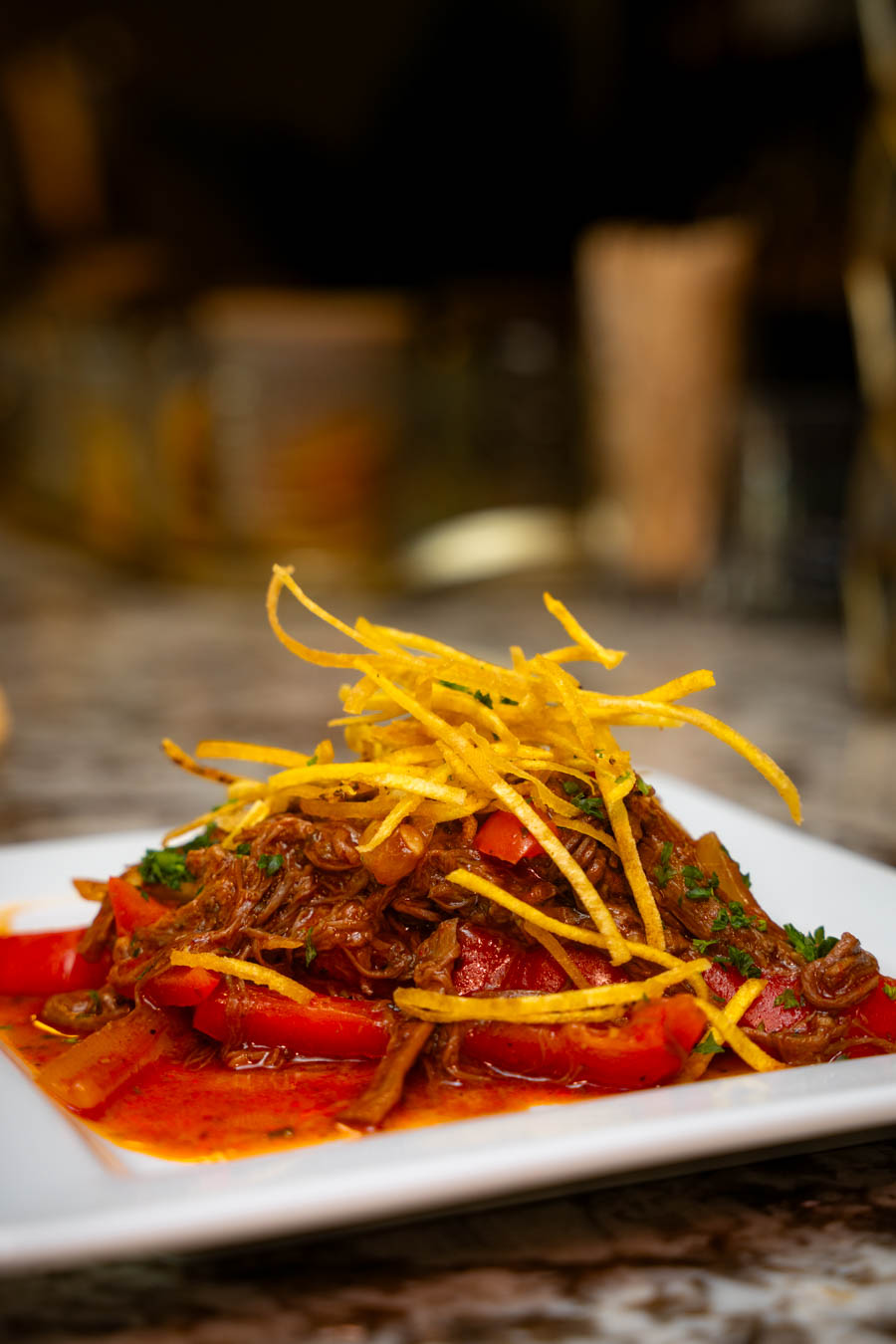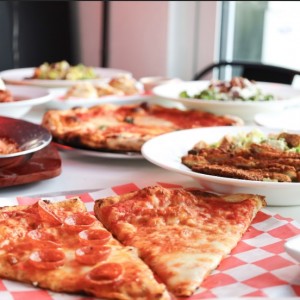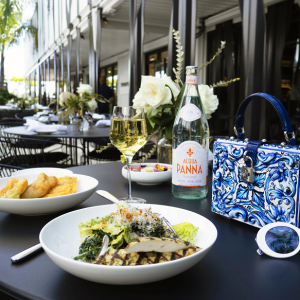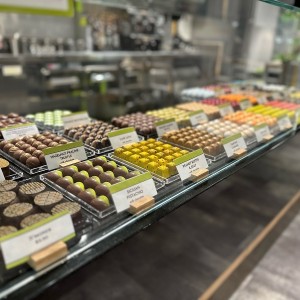In the same way that seaside high rises and bikini-clad rollerbladers offer an incomplete picture of Miami, so too do ventanitas (walk-up windows) and Cuban cafes offer an incomplete image of Cuban cuisine. Outside of Miami, Cuban food is typified by a pressed Cuban sandwich from a small cafe or a gas station. Maybe it’s a heap of black beans and rice served with mojo-roasted pork, garlicky pan drippings spilling out the side of a styrofoam container. But in Miami—from the dime-a-dozen strip malls of Hialeah to the historic thoroughfares of Little Havana—there’s an elevated Cuban dining experience that, until now, Sarasota has lacked (at least in the opinion of this Cuban American food writer from Miami). With white tablecloths and a chef with fine-dining pedigree, Cuba 1958 is poised to introduce many in the region to the novel idea that Cuban food can be kinda fancy.
The Cuban-born owners—Danny Jimenez of Santiago de Cuba and Chef Osniel Chirino of Havana—took over the former downtown Flavio’s location on Main Street. It’s the second Cuban concept from Jimenez, whose first Cuba 1958 restaurant in Westfield, New Jersey, became an instant hit when it opened in 2018. And, as the saying goes, if it ain’t broke, don’t fix it.
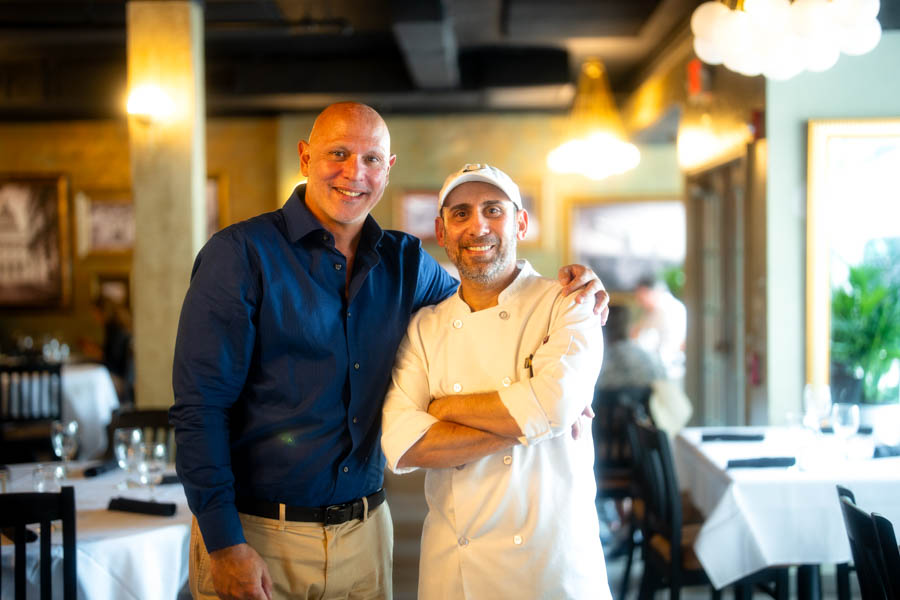
Appetizer highlights include the croquetas—ham or cod—fried croquettes that are often the first to disappear from a Cuban household’s party platter. A Cuban-style tamal features the typical corn of its Mexican counterpart, but adds mojo-roasted pork. The plantain chips with guac is a bright, tropical, familiar bit of Latin American goodness, with the chips made in-house. Entrees feature some of the usual suspects, such as Ropa Vieja and Lechón Asado (roast pork). The ropa vieja (translation: “old clothes”) is a savory stewed beef—most commonly flank steak—shredded into tender filaments after cooking in sofrito, a tomato-based cooking stock flavored primarily with onions, garlic and green bell peppers. The umami compounds during the cooking process, culminating in a rich, savory flavor similar to an all-American beef stew but turned up several notches.
With the lechon asado, ask for an extra spoonful of the pan drippings, not because it needs it but because the pan drippings are as good as gold in a Cuban household. And for good reason. By far the most prized entree on the menu is the Rabo Encendido (translation: tail on fire). In this case, the “tail” is oxen and the preparation has seldom been seen outside the island nation. Even with the recent rise in popularity of traditionally “cheap” meats like oxtail, the search for rabo encendido would likely prove fruitless for anyone outside of Miami. At Cuba 1958, Chef Chirino plates up four big chunks of oxtail that have been braised lovingly for hours. The result is a tender, silky, Beefy-with-a-capital-B entree whose jus drizzle is so concentrated with flavor it should come with a warning label: Please enjoy this just sitting down.
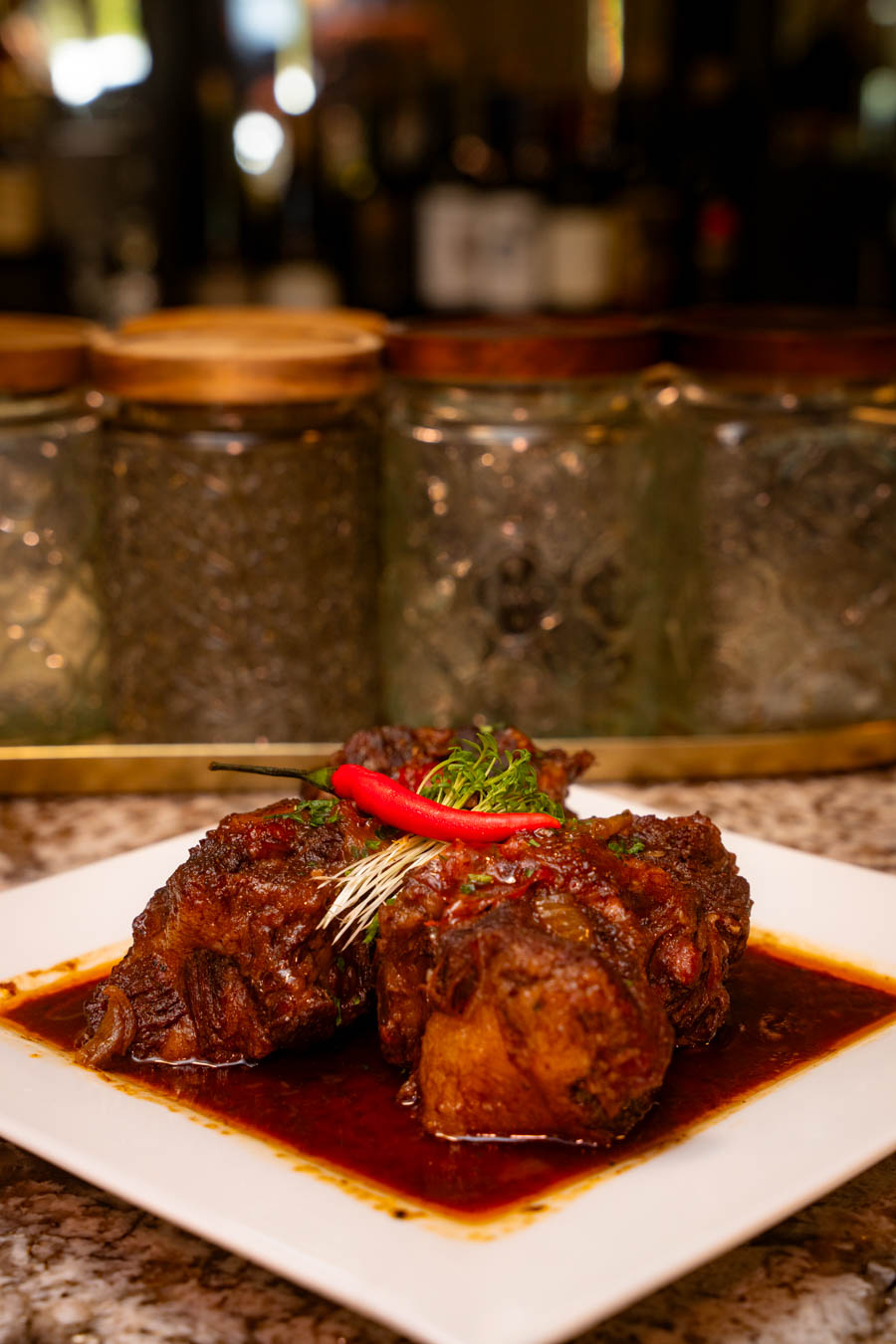
Lovers of steak should take note of the bistec de palomilla. It’s a thin cut sirloin pan-fried quickly and topped with sautéed onions. The rapid sear over high heat gives the exterior an almost crispy bite. It is, by any meaningful measure, a delicious and novel way to eat a slab of beef. But this is not a preparation that typically comes blood-red in the center.
The sides are portioned generously and feature more of the staples that feed the typical Cuban family. Congri (or moro, depending on what part of Cuba you’re from)—similar to black beans and rice except the beans are cooked with the rice—comes heaped in a mound of balanced carbs and protein. Yuca with mojo is a deliciously starchy serving of boiled cassava topped with garlic-rich mojo. Those that like french fries will probably enjoy tostones more—deep-fried plantain patties with a dash of salt.
Both the mojitos (which come in flights!) and the flan highlight the propensity for Cuban cuisine to err on the side of sweet. Order the flan early—they tend to run out. Cuba 1958 is also one of the few places where Sarasotans can enjoy a bottle of Hatuey, a light, Cuban-style lager.





